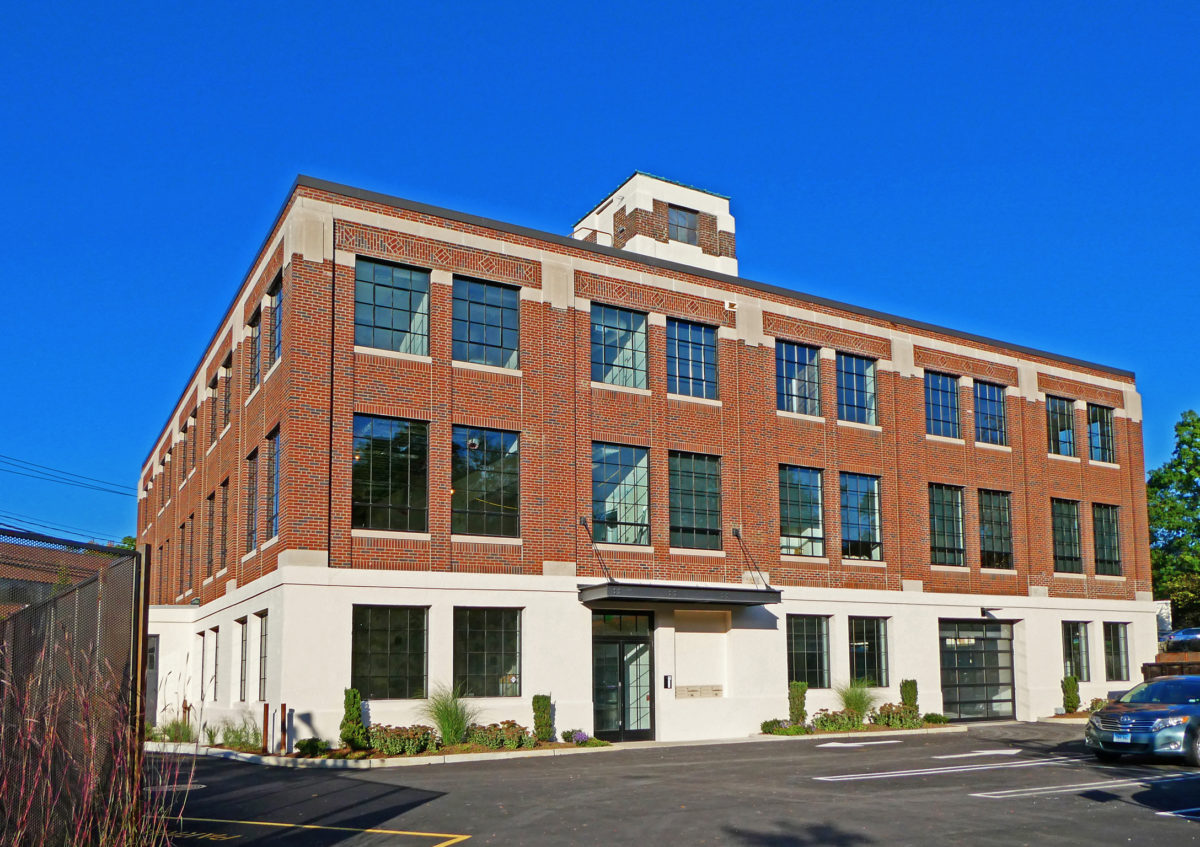LEED trails off as go-to standard for green buildings
In 1994, the U.S. Green Building Council (USGBC) introduced the Leadership in Energy and Environmental Design certification process for real estate. At the time, the notion of green buildings was relatively new and there was a vibe within the commercial property industry that LEED, as the energy conservation and sustainability program is called, would have a significant impact on design and construction.
“I worked on some of the first buildings seeking LEED in Manhattan about 20 years ago,” recalled Leon Levine, principal consultant with ECOThink Group in Greenwich. “There was a lot of excitement at the time.”

Today, however, Levine said, that excitement over LEED has abated, especially in this regional market. “Certification is not as popular as it used to be,” he said.
Only 12 commercial properties in Connecticut received LEED certification this year. The peak year for Connecticut certifications was 2013, when 48 commercial properties received LEED designations. In 2012, when the state introduced corporate tax credits to encourage LEED certification for new and renovated buildings, developers sought LEED certification for 26 properties. Since the U.S. Green Building Council began tracking state markets in 2004, a total of 279 commercial properties in Connecticut have received LEED certification.
When judging the projects seeking LEED certification, the USGBC assigns points pegged to certain design and construction criteria. Based on the number of points achieved, a project can earn either certified, silver, gold or platinum ratings. LEED also covers residential properties, neighborhood development, interior design only and the operations and maintenance of existing buildings undergoing little or no renovation.
Marsha Matto, an interior designer and professor of interior design at the University of Bridgeport, said LEED points are not exclusively based on a property”™s energy consumption or use of sustainable materials. “Let”™s say a building is a half-mile from the train station,” she said. “You can get points if you have access to a train station. If there is a bike rack outside, that also gets points.”
“It”™s not difficult to achieve, but it does cost money,” Matto said of the various fees charged for LEED registration and the Green Building Council”™s design and construction review process. “In comparison, EnergyStar certification costs nothing.”
Run by the U.S. Environmental Protection Agency and U.S. Department of Energy, Energy Star is one of about a half-dozen rival ratings systems that have challenged LEED”™s role as the standard in green building review. “There is so much out there that the saturation may be turning people away,” said James Albis, executive director of the Connecticut Green Building Council.
Problems in measuring LEED”™s financial benefits have also contributed to its decline in popularity. “This was supposed to help people realize energy efficiencies because the building is tighter and using less energy,” said Levine. “But modeling doesn”™t realistically predict what happens in the real world and predictions for X-amount of savings from energy conservation are often never realized.”
Among developers of multifamily projects in Fairfield County, the Jonathan Rose Cos. received LEED Gold certification ”” the Green Building Council”™s second-highest rating ”” for its two completed Metro Green Residential buildings in Stamford and is seeking a similar rating with its third building in the apartment complex.
“It is important that we have third-party verification of what we”™ve done,” said Caroline E. Vary, managing director of asset management for Jonathan Rose in Stamford. “It”™s not just about saying that we”™re green, it”™s about being green. We even publish a green guide for residents to encourage them for best environmental practices.”
In Greenwich, owners of 330 Railroad Ave., a former electrical utility building built in 1928, are seeking LEED Silver certification, said Richard Granoff, the building”™s co-owner.
“The investment in a high-performance building envelope, uber-efficient HVAC equipment and rooftop solar panels had a relatively short payback period,” said Granoff, whose firm, R.S. Granoff Architects PC, is headquartered in the building. “The occupants enjoy cleaner air, abundant natural light and even a living green wall, and all of the building products were either sourced locally or are recycled. Many firms, especially larger ones, seek out space in LEED-certified buildings due to corporate policy.”
Some developers emulate LEED”™s example of going green without going through the process and added expense of the U.S. Green Building Council program.
“In a tighter market with smaller spaces, the likelihood of recouping added expenses is much more difficult,” said Phil Kuchma, owner of Kuchma Corp., a construction and real estate management firm in Bridgeport. “I try to follow certain criteria regarding heating and cooling and the materials that are used, but without having to seek certification.”